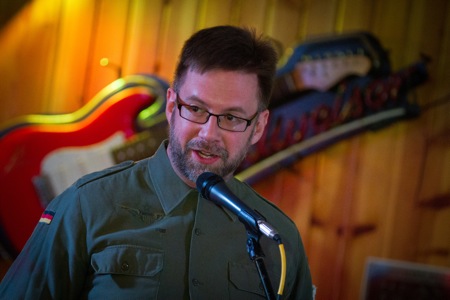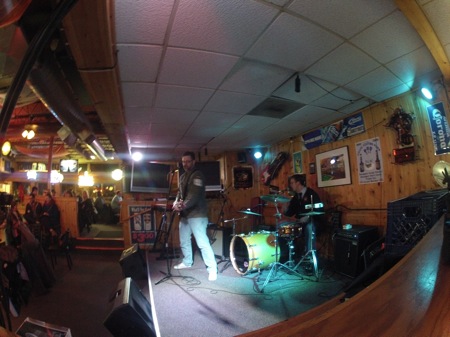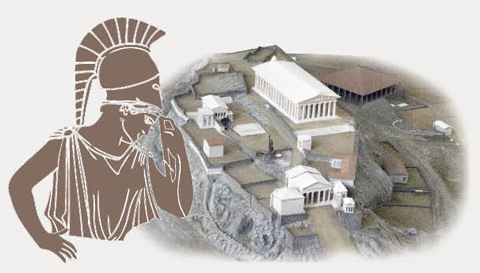Served from the Iranian Studies at Harvard website:
Introductory Texts:
Languages:Religions:
- Introduction to Young Avestan by P. Oktor Skjærvø
- Introduction to Old Avestan by P. Oktor Skjærvø
- Introduction to Old Persian by P. Oktor Skjærvø
- Introduction to Manichaean Sogdian by P. Oktor Skjærvø
- Sorani Kurdish: A Reference Grammar with Selected Readings by W. M. Thackston
- Kurmanji Kurdish: A Reference Grammar with Selected Readings by W. M. Thackston



 Punk Archaeology 2013. Photograph by Timothy Pasch.
Punk Archaeology 2013. Photograph by Timothy Pasch. 










 Plan interactif
Plan interactif Monuments
Monuments Chronologie
Chronologie Index
Index À propos
À propos







